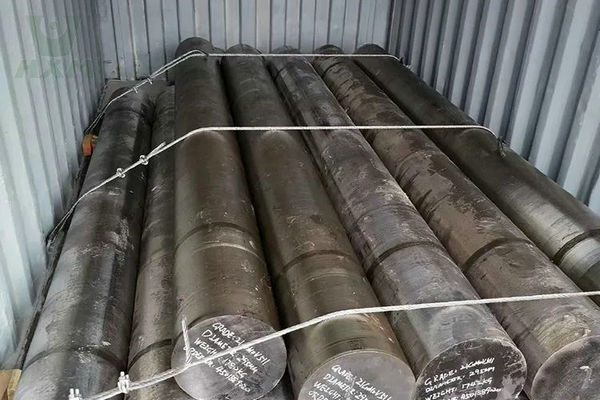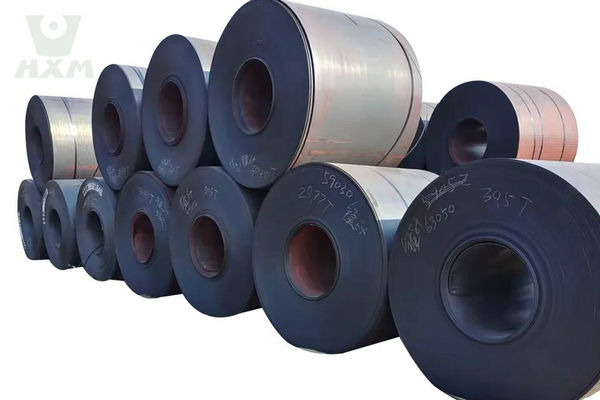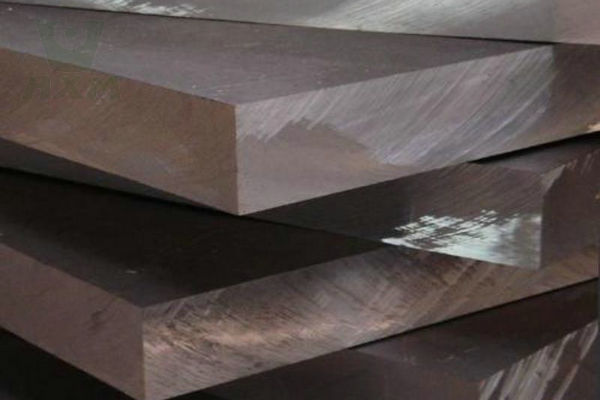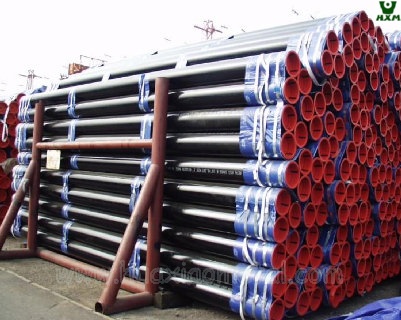What Is 1080 Steel?
1080 steel is a type of high-carbon steel that is commonly used in knife-making, bladesmithing, and other applications where a combination of hardness, toughness, and edge retention is desired. It belongs to the category of carbon steels, which are characterized by their relatively high carbon content and minimal alloying elements.
Looking Forward to Becoming One of Your 1080 Steel Suppliers
What Is 1095 Steel?
1095 steel is a high-carbon steel widely used in various cutting tools, particularly knives, due to its exceptional edge retention and sharpness. It falls within the category of carbon steels, which are known for their relatively high carbon content and minimal alloying elements. 1095 steel is popular among bladesmiths and knife enthusiasts who prioritize cutting performance and precision.
Looking Forward to Becoming One of Your 1095 Steel Suppliers
1080 Steel Vs 1095 Steel – What’s the Difference
1080 steel and 1095 steel are both popular choices for knife-making and other applications that require high-quality blades. They are both high-carbon steels, meaning they have a significant amount of carbon in their composition, which contributes to their hardness and edge retention. However, there are some differences between these two steels:
Chemical Compositions of 1080 Steel Vs 1095 Steel
- 1080 Steel: This steel contains around 0.75-0.88% carbon. It’s considered medium-high carbon steel.
- 1095 Steel: This steel contains about 0.90-1.03% carbon, making it a high-carbon steel.
Hardness and Edge Retention:
- Due to its higher carbon content, 1095 steel is generally harder and can achieve a sharper edge compared to 1080 steel. This gives knives made from 1095 steel excellent edge retention and cutting performance.
1080 Steel Vs 1095 Steel Toughness:
While 1095 steel can achieve a sharper edge, its higher carbon content can also make it more brittle compared to 1080 steel. 1080 steel tends to have better toughness and resistance to chipping or breaking.
1080 Steel Vs 1095 Steel Ease of Sharpening:
1080 steel might be a bit easier to sharpen due to its slightly lower carbon content and resulting milder hardness. 1095 steel can be more challenging to sharpen, but it can hold a finer edge once sharpened.
1080 Steel Vs 1095 Steel Corrosion Resistance:
Both 1080 and 1095 steels are not stainless and are prone to corrosion. However, due to its slightly higher carbon content, 1095 steel might be slightly more susceptible to corrosion. Proper care is essential for both steels to prevent rust.
1080 Steel Vs 1095 Steel Heat Treatment:
Both steels require precise heat treatment to achieve their desired properties. Heat treatment involves processes like quenching and tempering to achieve the right balance of hardness, toughness, and edge retention.
1080 Steel Vs 1095 Steel Cost:
The cost of steel may vary depending on factors such as availability, market demand, suppliers and location. Generally speaking, both 1080 and 1095 steels are relatively inexpensive compared to some of the other high performance steels used in knife making. However, due to their different carbon content and characteristics, they may cost slightly differently.
For current, accurate pricing information, please contact us directly, your steel supplier, or a retailer specializing in knife making materials.
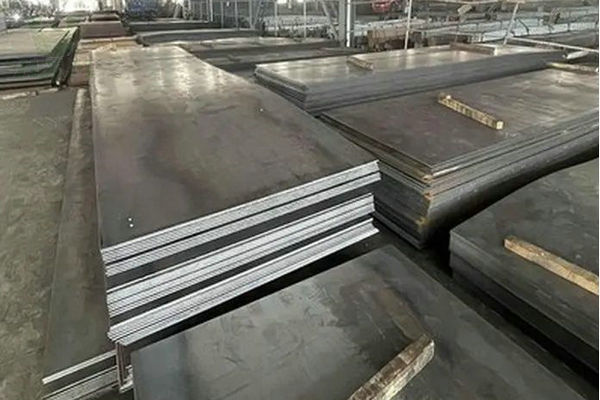
Looking Forward to Becoming One of Your 1080 and 1095 Steel Suppliers
1080 Steel Vs 1095 Steel Applications:
Both 1080 steel and 1095 steel are popular choices in various applications, particularly in knife-making, bladesmithing, and other tools where a balance between hardness, edge retention, and toughness is important. Here are some common applications for each type of steel:
1080 Steel Applications:
Knife Blades: 1080 steel is commonly used for making knife blades that require a good balance between toughness and edge retention. Knives made from 1080 steel are suitable for general-purpose cutting tasks.
Swords and Machetes: Due to its combination of toughness and edge retention, 1080 steel is also used in making swords, machetes, and other large cutting tools.
Chisels and Woodworking Tools: The toughness of 1080 steel makes it suitable for chisels, carving tools, and woodworking implements that need to hold an edge while resisting chipping.
Hand Tools: 1080 steel can be used for crafting various hand tools such as hatchets, axes, and hammers that require durability and the ability to hold an edge.
1095 Steel Applications:
Knife Blades: 1095 steel is known for its excellent edge retention and sharpness. Knives made from 1095 steel are often preferred by those who prioritize cutting performance and slicing efficiency.
Razors: Due to its ability to achieve a very sharp edge, 1095 steel is sometimes used in traditional straight razors and high-quality shaving razors.
Surgical Instruments: The sharpness and edge retention properties of 1095 steel make it suitable for crafting surgical instruments that require precision cutting.
Scissors and Shears: The hardness of 1095 steel makes it suitable for making scissors and shears that need to maintain a sharp edge for cutting fabrics, paper, and other materials.
Industrial Blades: 1095 steel can be used in the production of industrial blades for tasks such as cutting textiles, plastics, and other materials in manufacturing processes.
It’s important to note that the choice of steel for a specific application also depends on other factors such as heat treatment, blade design, and the intended use of the tool. While 1080 steel vs 1095 steels have their own strengths, they both offer versatility in a range of cutting and slicing applications.
In conclusion
It’s important to note that the final performance of a knife not only depends on the type of steel but also on factors like the quality of heat treatment, blade geometry, and overall craftsmanship. Both 1080 steel vs 1095 steels have their strengths and weaknesses, so the choice between them should be based on the specific needs and preferences of the user.

